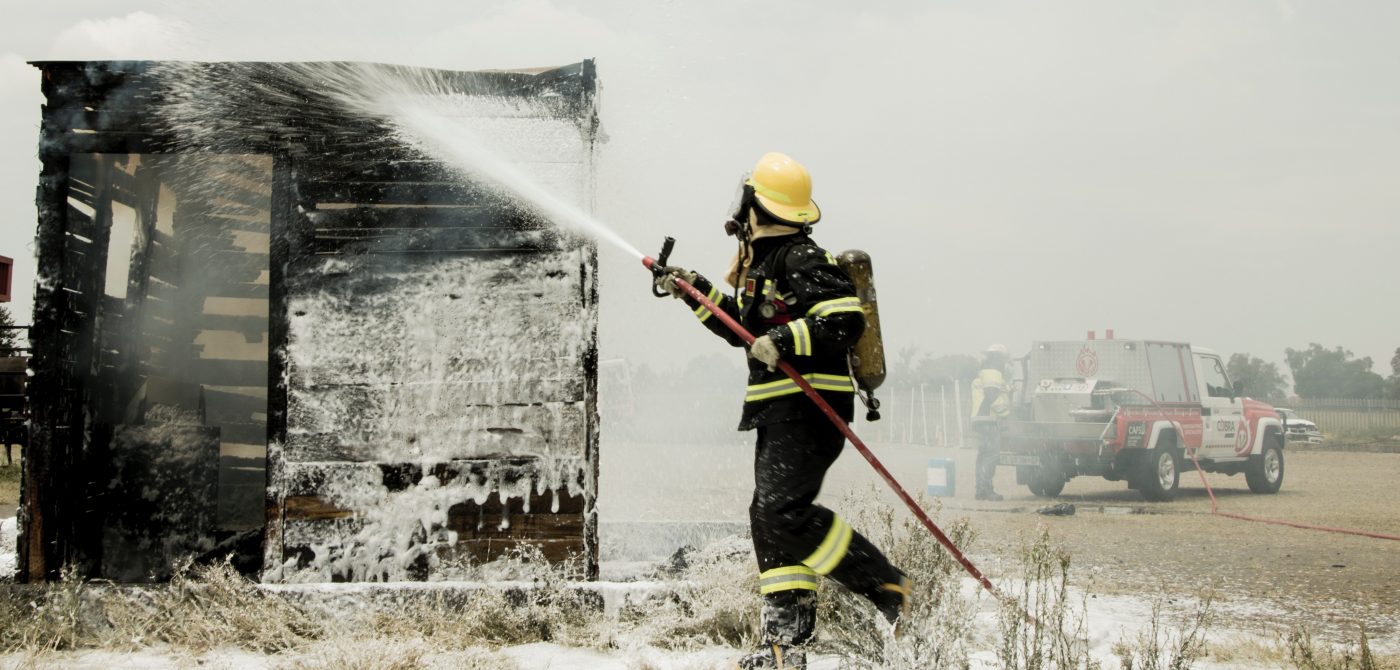Fire is a condition, process or an example of combustion in which a fuel or other material is ignited and combined with oxygen, emitting light, heat and flames. Fire calls for fuel, heat and oxygen. Fire extinguishers apply an agent that cools the burning heat, suffocates the fuel or removes oxygen, so that the fire cannot continue to burn. A portable fire extinguisher may quickly control a small fire if applied by a trained person.
Fire extinguishers are installed throughout the campus. To properly use a fire extinguisher, you must first know what type of fire each extinguisher is approved for and how it works.
Which Fire Extinguisher Should I Use?
- Pressurized water: use in Class A fires.
- Carbon dioxide (CO2): Used Class B and C fires.
- Multi-Purpose Dry Chemical (ABC): For use with Class A, B and C lights.
How To Use A Hand-Held Fire Extinguisher?
The easiest way to remember how to use a portable fire extinguisher is to use the acronymAll fires regardless of size and damage must be reported to University Police by dialing 911. Although it appears to be extinguished, a fire marshal must still intervene to verify that it has been made public and prepare a report.
Tips
- Always know where the closest extinguisher is, whether it works and how to use it.
- Before using the fire extinguisher, evacuate the building by pulling the Manual Fire Alarm Station to alert other occupants of the facility. (Located close to exits and staircases)
- If a fire alarm station is not available, yell or shout loud “fire, fire, fire”
- Call 9-1-1 for campus police or ask someone else to call.
- Only attempt to extinguish small fires if a extinguisher does not do so, evacuate the area immediately.
- While fighting the fire, do not let your escape route catch fire.
- Place yourselves between the exit and the fire.
- After using a fire extinguisher, call HSE to have it repaired or replaced.
Reference: https://www.usf.edu/administrative-services/environmental-health-safety/


